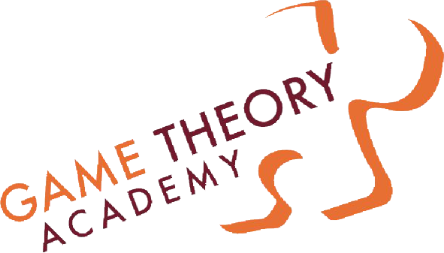By Jasper Smith, GTA Instructor
Week after week, I continue to be impressed by what these students know! We spent a bit of time revisiting the subject of risk. Most of the students agreed that risk is typically considered negative. But as soon as the conversation began to lead down the path of negativity, one of the young ladies said…”But can’t risk be a good thing? Like with investing and stuff?” She must have known that is where I was planning to lead the conversation.
Risk can be seen in a positive light and since she brought up the topic of risk and investing, I thought it would be fitting to explain that in more detail. However, before I could I elaborate, one young man chimed in and said if he takes a ton of risk with his money, then he has a chance of making a ton of money. And of course on the flip side, exposing yourself to a ton of risk could result in you losing a ton of money as well. I also made the connection that risk not only applies to the financial world but in the real world as well. You’re taking a risk every time you make a decision…will you make the right one? The wrong one? The one that’s in your best interest? I told the students that they were taking a risk (a good one, of course) by participating in the Game Theory Academy 10-week course. They had no clue what this program was about, aside from a high level overview, yet they have continued to take a risk and attend each week.
The other highlight during this class came out of the risk discussion. We were discussing how CEO’s have to be comfortable with risk because the decisions that they encounter could make or break their company. For example, hiring and firing employees. One young lady was adamant about getting rid of people who were not productive and holding the team (or company) back. She shared a personal story about a group project she was working on and one of her team members wasn’t holding up his end of the bargain. Although she wasn’t allowed, she wanted to kick that young man out of her group and was willing to do his share of the work. I asked if it was in her best interest to get rid of that member, whereby she and the remaining members would have to pick up the slack. She said she was well aware of the consequences and was okay with that.
I then asked her to imagine she was a CEO and this was a multi-billion dollar company. In that scenario would she do the same thing? At this point, some other students, who strongly disagreed with her, decided to jump in. They said in her situation, it may have been okay to cut him and pick up the slack, but if you’re a CEO, you don’t have time to do your subordinates work. Firing an employee quickly definitely isn’t in your best interest and perhaps spending time trying to figure out why they haven’t been productive might be a better solution. The majority of the class felt strongly that when people are not performing, they at least deserve a chance to redeem themselves. Plus, one student made a very good observation. After you fire someone, you then have to go through the complete hiring process again, which involves recruiting, interviewing, training, etc. Hiring is a process that involves resources, and maybe it is more beneficial to work with who you have as opposed to finding someone new.
These students are wise beyond their years and I truly get a kick out of these discussions. I think the neat part is that this is probably one of the few times each week in which these kids are able to participate in a grown-up, engaging discussion.


